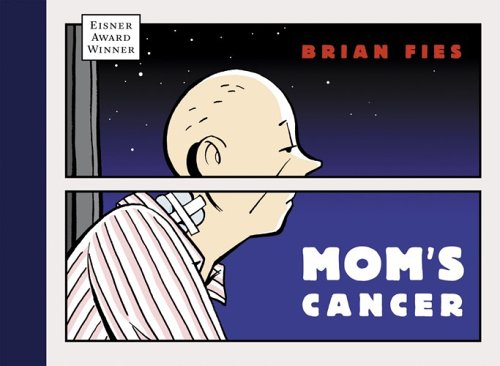The plastic water bottle is a dangerous design because of its simplicity, availability, functionality, and usefulness, creating a high demand for it, and finally causing pollution and waste on the planet. It is such a good design that it is available everywhere. It is so easy to find a place to purchase a plastic water bottle that people buy them with frequency. Since the bottles usually come in one standard size, often times the consumer does not drink the entire bottle of water, wasting the natural resource of water. Water bottles are so common that they end up everywhere --in the garbage cans, on the streets, and ideally in recycle bins, although most end up in landfills and in the ocean. The plastic water bottle was not designed to be dangerous. It was designed to provide the basic human resource of water to the people. However, it has become an important necessity for stores, grocery stores, and restaurants to have available for consumers. People unthinkingly buy plastic water bottles left and right, sometimes even daily. If plastic water bottles are to continue to be as popular as they are now, many changes in the industry and in society must be made. Recently, plastic bottle companies have begun to use thinner plastic to use fewer petroleum resources, which is a step in the right direction for society to have less waste and less consumption of resources. Additionally, more places on streets, stores, and homes should have recycle and compost bins. Too many plastic bottles end up in landfills when they can be recycled.
Plastic water bottles are also unhealthy to reuse several times because of a dangerous chemical called BPA that interferes with the body’s hormones. So even reusing a plastic bottle can be dangerous to one’s health.
Although it is a good design to store liquids, the plastic bottle is a hazard to the environment and to one’s health.


















